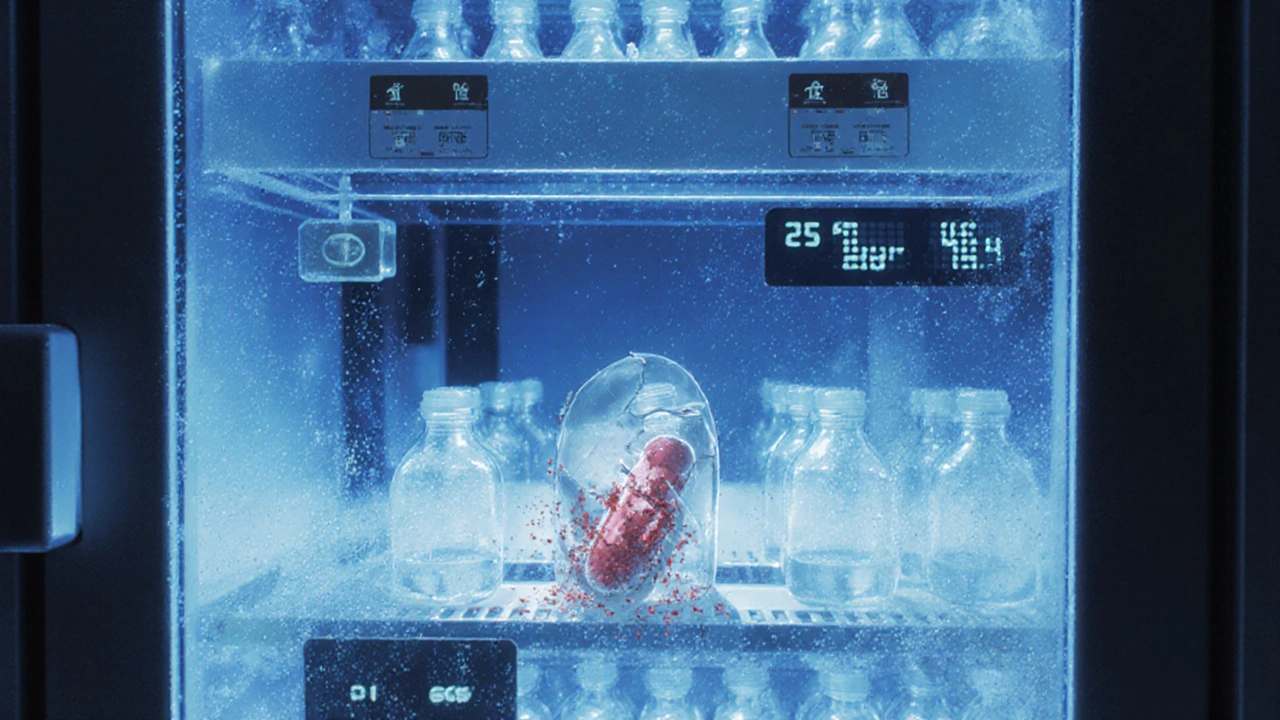Stability Testing: What It Is and Why It Matters for Your Medications
When you pick up a pill, cream, or injection, you assume it will work exactly as it should—no matter when you bought it or how long it’s been sitting on the shelf. That’s not luck. It’s stability testing, the process pharmaceutical companies use to prove a drug remains safe, effective, and unchanged over time under real-world conditions. Also known as drug stability testing, it’s the quiet backbone of every medication you take.
Without stability testing, your pills could lose potency before the expiration date. Or worse—they might break down into harmful substances. Think of it like checking if a car’s brakes still work after five years in a hot garage. Companies don’t guess. They test. They store samples in controlled heat, humidity, and light for months or years. Then they measure: Does the active ingredient still match the label? Is the color or texture changing? Are there new chemicals forming? If the answer is no to any of these, the drug doesn’t get approved—or gets pulled.
This isn’t just about old medicine. Even new drugs go through this before they hit the market. And it’s not just pills. Injectable biologics, eye drops, and even fertility treatments like those you might find here at IVFPharmacy need the same scrutiny. If a drug degrades too fast, it’s not just ineffective—it’s risky. That’s why stability testing ties directly to medication safety, the practice of ensuring drugs don’t harm patients due to chemical changes or improper storage. It’s also why you see expiration dates. Those aren’t arbitrary. They’re based on real data from these tests.
Stability testing also affects how your meds are packaged. Why do some drugs come in dark bottles? Why are some kept refrigerated? Why do certain pills need blister packs instead of loose bottles? All of it comes back to stability. Light, moisture, and temperature can break down a drug faster than you think. That’s why some fertility medications require special handling—because their active ingredients are fragile. If you’re buying online, you want to know the company behind it follows these rules. Otherwise, you’re gambling with your health.
And here’s something most people don’t realize: stability testing isn’t a one-time thing. Even after a drug is approved, manufacturers keep testing batches over time. If a new factory starts making it, or a new ingredient supplier is used, they have to prove it still holds up. This isn’t bureaucracy. It’s protection.
You’ll find posts here that talk about how drugs interact, how to handle them safely at home, and what happens when they go bad. All of it connects back to stability. If a drug breaks down, it can cause unexpected side effects—like how turmeric can spike bleeding risk with blood thinners, or how kava can damage the liver when mixed with sedatives. Those interactions often start with chemical changes that stability testing should catch.
So when you read about rivaroxaban side effects, chemotherapy disposal, or antipsychotic heart risks, remember: each of those drugs had to pass stability testing before you ever saw it. That’s the invisible guardrail keeping you safe. And if you’re using meds for fertility, chronic pain, or mental health—you deserve to know the system behind them works.
Below, you’ll find real-world examples of how drug safety, interactions, and handling all tie into the foundation of stability testing. No fluff. Just what you need to know to use your meds with confidence.
Stability Testing: Long-Term Quality Monitoring Post-Manufacture in Pharmaceuticals
Stability testing ensures pharmaceuticals remain safe and effective over time. Learn how real-time monitoring under controlled conditions prevents degradation, recalls, and patient harm-backed by ICH guidelines and real industry data.
learn more